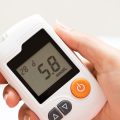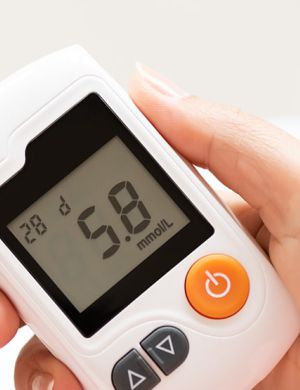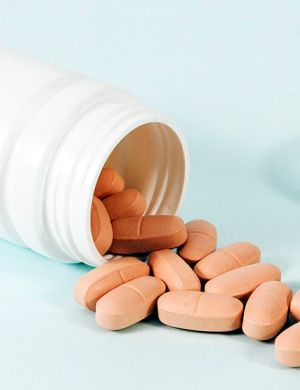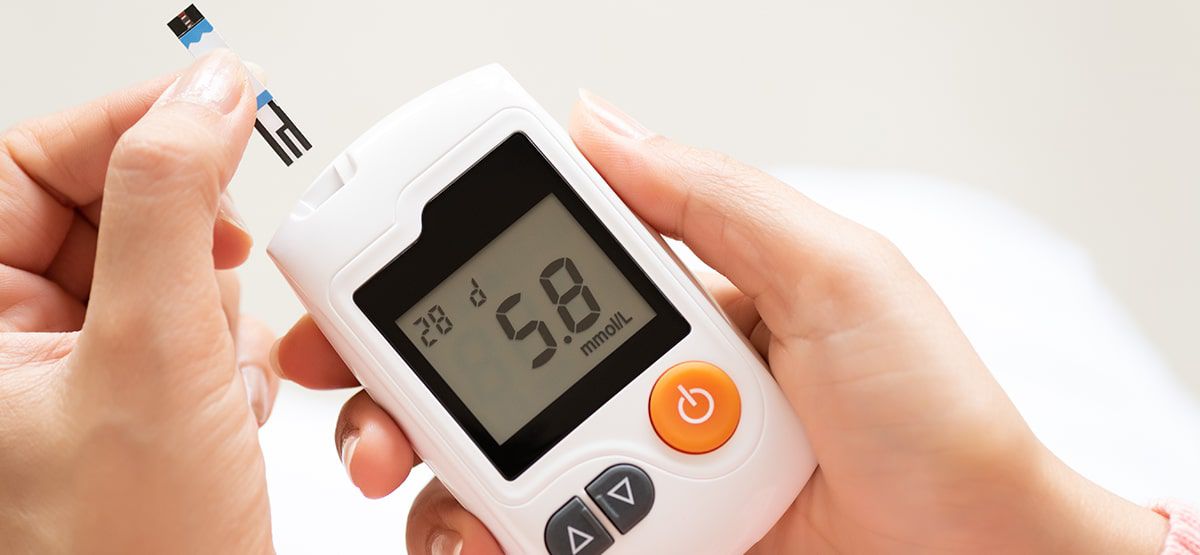
Real World Evidence in Medical Device to Support Regulatory Decisions
Real-world evidence (RWE) is defined as data regarding the use, effectiveness, and safety of medical products (such as drugs, biologics, and medical medical devices) that is derived from practical, real-world sources, such as electronic health records, claims data, patient registries, and other healthcare databases. Unlike data collected in controlled clinical trials, RWE is generated in routine clinical practice and reflects the diverse patient populations, clinical settings, and healthcare delivery systems encountered in practical, real-world healthcare settings.
Importance of RWE: RWE is becoming increasingly increasingly significant in regulatory filings for medical medical devices. Traditionally, regulatory filings have relied heavily on data from clinical trials conducted in controlled settings. However, RWE provides insights into how medical medical devices perform and are used in practical, real-world clinical practice. Here are some impacts of RWE on medical medical device regulatory filings:
- Supplementing Clinical Trial Data
- Expanded Indications
- Post-Market Surveillance
- Regulatory Decision Making
- Reduced Regulatory Burden
- Value-based Healthcare
- Challenges and Considerations
Overall, the integration of RWE into regulatory filings for medical medical devices represents a paradigm shift towards a more evidence-based, patient-centered approach to medical medical device regulation and healthcare determination-making.
Start to end regulatory application process for medical medical device by using real world evidence
The use of RWE in regulatory filings for medical medical devices includes several steps from the collection of data to its analysis and incorporation into the application. Below is a generalized start-to-end process:
- Identifying Regulatory Requirements
- Defining the Research Question
- Data Source Selection
- Data Collection
- Data Management and Quality Assurance
- Analysis and Interpretation
- Evidence Synthesis
- Regulatory Strategy Development
- Submission Preparation
- Regulatory Submission
- Regulatory Review
- Decision and Approval
- Post-Market Surveillance
- Lifecycle Management
Throughout this process, it’s essential to adhere to regulatory requirements, maintain data integrity and patient privacy, and communicate transparently with regulatory authorities regarding the use of practical, real-world evidence in medical medical device applications. Collaboration between medical medical device manufacturers, healthcare providers, regulators, and other stakeholders is critical to ensure the effective use of practical, real-world evidence in regulatory determination-making
How Real World Evidence utilized in regulatory authorization procedures for medical medical devices
United States
- Submitting regulatory applications for medical medical devices that incorporate RWE in the United States typically follows a structured process outlined by the U.S. Food and Drug Administration (FDA). While the FDA has expressed interest in leveraging RWE to support regulatory determination-making, the specific procedures for submitting applications that rely on RWE may vary depending on the type of application and the regulatory pathway chosen. Below is a general overview of the procedure for regulatory application using RWE in medical medical devices in the USA:
- Pre-application meeting (if applicable): Before submitting a regulatory application, it may be beneficial to request a pre-application meeting with the FDA. During this meeting, the medical device sponsor can discuss the proposed use of RWE, the research study design, data sources, and other relevant details with FDA representatives to receive feedback and guidance.
- RWE research study design: Design a research study or studies that will generate RWE to support the regulatory application. The research study design must be carefully planned to address specific regulatory questions, such as safety, effectiveness, or performance of the medical medical device in practical, real-world settings. Considerations include research study objectives, patient population, data sources, research study endpoints, statistical methods, and ethical considerations.
- Data collection and analysis: Collect practical, real-world data from various sources, such as electronic health records, registries, claims databases, patient-reported outcomes, and other relevant sources. Ensure that the data collected are of high quality, reliable, and relevant to the regulatory questions being addressed. Analyze the data using appropriate statistical methods to generate valid and reliable evidence.
- Regulatory application preparation: Prepare the regulatory application package, such as the RWE research study protocol, research study reports, statistical analysis plan, and any other relevant documents. Clearly describe the research study design, data sources, analysis methods, results, and conclusions in the application to demonstrate the validity, reliability, and relevance of the RWE generated.
- Submission of regulatory application: Submit the regulatory application to the FDA through the appropriate pathway, such as a premarket application (e.g., 510(k), PMA) or a request for De Novo classification. Include the RWE evidence as part of the application package to support the safety, effectiveness, or performance of the medical medical device.
- FDA review: The FDA will review the regulatory application, such as the RWE evidence, to assess the safety and effectiveness of the medical medical device. The review process may involve interactions between the FDA and the medical device sponsor to address any questions, concerns, or requests for additional information related to the RWE research study design, data analysis, or interpretation.
- Decision: Based on the review of the regulatory application and the RWE evidence, the FDA will make a regulatory determination regarding the authorization, clearance, or classification of the medical medical device. This determination may include labeling requirements, post-market surveillance commitments, or other conditions related to the use of RWE in regulatory filings.
European Union
- Primary pathway for regulatory authorization of medical medical devices in the EU is through conformity assessment procedures, such as CE marking under the EU Medical Device Regulation (MDR), RWE can complement traditional clinical trial data and support various aspects of regulatory filings. Below is how RWE can be utilized in the context of regulatory authorization procedures for medical medical devices in the EU:
- Identifying Regulatory Requirements: Review the specific regulatory requirements outlined in the EU MDR and relevant guidance documents issued by the European Medicines Agency (EMA) and other regulatory authorities.
- Evidence Generation Planning: Develop a strategic evidence generation plan that outlines how RWE will be collected, analyzed, and integrated into the regulatory application. Define clear research questions, identify appropriate data sources, and plan research study designs and analyses to generate robust RWE.
- Data Source Selection: Identify suitable practical, real-world data sources within the EU that can provide relevant information to support the safety, efficacy, or performance of the medical medical device. This may include electronic health records, medical registries, claims databases, patient registries, or other healthcare databases.
- Data Collection and Management: Collect and manage the practical, real-world data according to established protocols and data quality standards. Ensure compliance with data protection and privacy regulations, such as the General Data Protection Regulation (GDPR), and maintain the confidentiality and integrity of patient information.
- Study Design and Analysis: Design observational studies or analyses to generate RWE that addresses specific research questions related to the medical medical device. Use appropriate statistical methods and epidemiological techniques to analyze the data and draw valid conclusions.
- Risk Assessment and Benefit Evaluation: Conduct a comprehensive risk assessment and benefit evaluation based on the RWE generated. Assess the safety, effectiveness, and performance of the medical medical device in practical, real-world clinical settings compared to traditional clinical trial data.
- Regulatory Strategy Development: Develop a regulatory strategy that outlines how the RWE will be incorporated into the regulatory application. Determine the most appropriate regulatory pathway (e.g., CE marking under MDR Annex IX or Annex XVI), prepare the application documents, and address any regulatory considerations or challenges.
- Submission Preparation: Prepare the regulatory application documents, such as the RWE analysis plan, research study protocols, data summaries, statistical analyses, and any other supporting documentation required by the regulatory agency.
- Regulatory Submission: Submit the regulatory application to the appropriate regulatory agency in the EU, such as a notified body or a competent authority. Include the RWE and supporting documentation as part of the application package and clearly articulate how the RWE contributes to the overall assessment of the medical medical device.
- Regulatory Review and Decision: The regulatory agency will review the application, such as the RWE, to assess the conformity of the medical medical device with regulatory requirements and determine whether market authorization must be granted. Be prepared to respond to any requests for additional information or clarification from the regulatory agency.
- Post-Market Surveillance: Aftermarket authorization, continue to monitor the practical, real-world performance of the medical medical device through post-market surveillance activities. Use ongoing RWE to support product lifecycle management, such as label updates, post-market studies, and risk mitigation strategies.
Note: It’s increasingly significant to engage with regulatory authorities early in the regulatory authorization process to discuss the use of RWE and ensure alignment with regulatory expectations. Collaboration between medical medical device manufacturers, healthcare providers, regulators, and other stakeholders is essential to successfully leverage RWE for regulatory authorization in the EU.viders, regulators, and other stakeholders is essential to successfully leverage RWE for regulatory approval in the EU.
Don’t miss out! Click here to stay in touch.
Categories
- Biopharma (58)
- Consumer Health (21)
- Cosmetics (11)
- Diagnostics (5)
- Digital Health (8)
- Food (2)
- Medical Device (112)
- OTC (5)
- Regulatory Intelligence (13)
- Standards (41)
Recent Blogs
Get the latest updates from Vistaar

Related Posts
CONNECT WITH US

Let's talk about how Vistaar can help you




